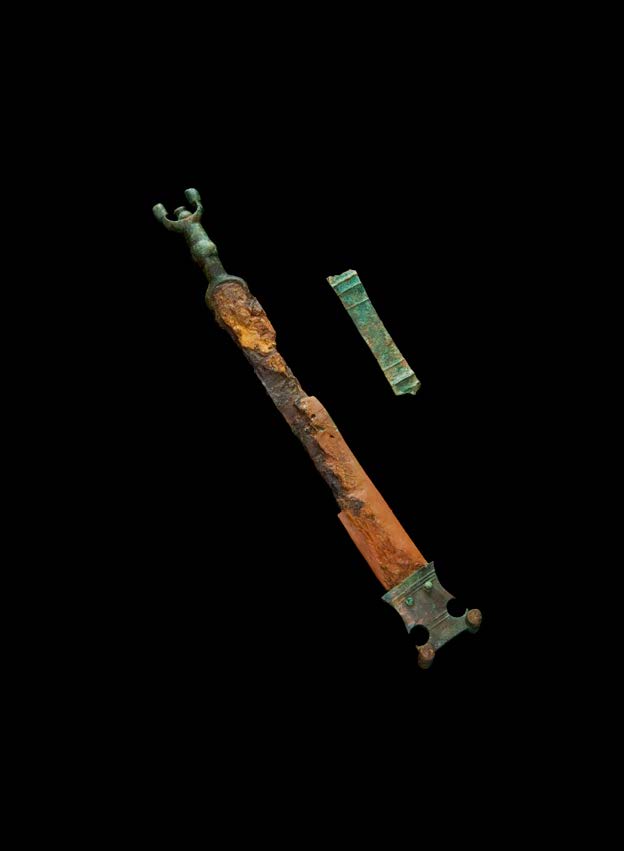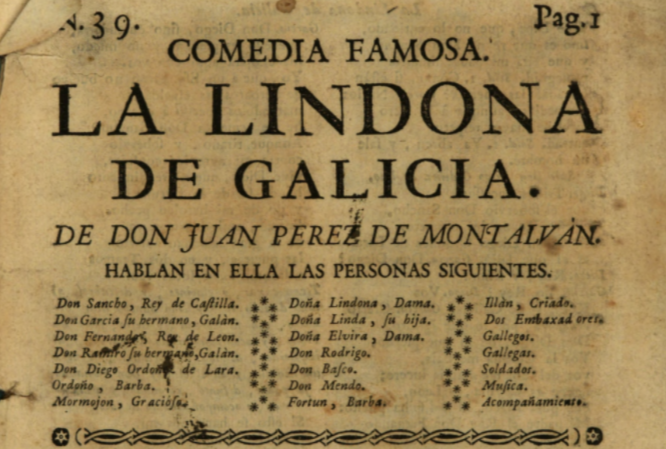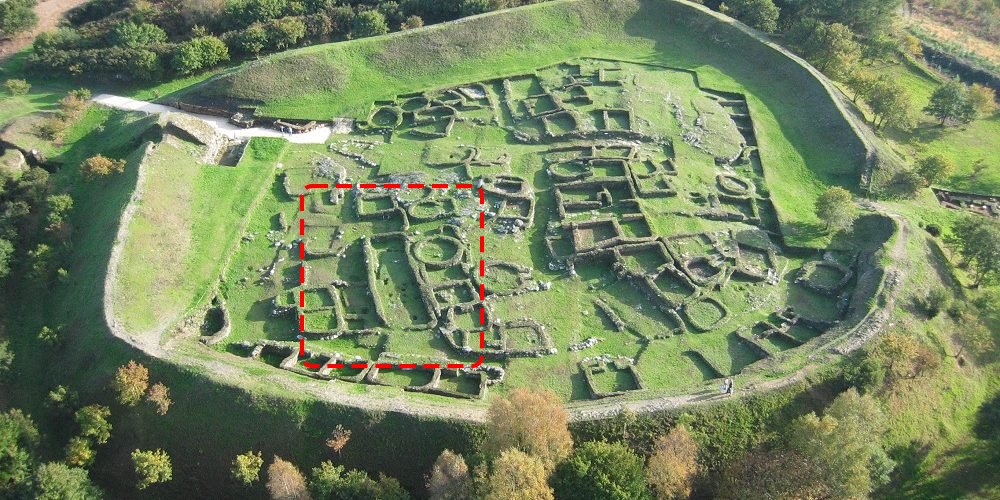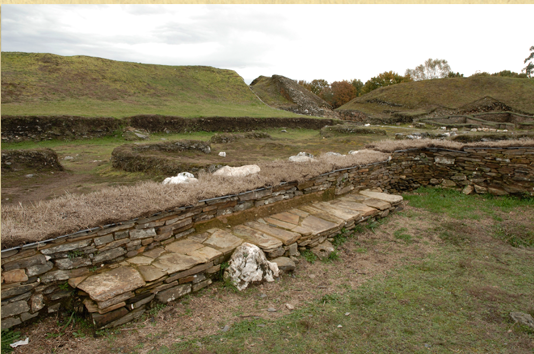
You need to travel more than you ever imagined, don't you? Let's try to solve it!
Come with me to visit one of the most spectacular Iron Age hillforts of Atlantic Europe: San Cibrán de Las (San Amaro, #Galicia). It's going to suprise you!
#HillfortsWednesday @PACC_San_Cibran
Come with me to visit one of the most spectacular Iron Age hillforts of Atlantic Europe: San Cibrán de Las (San Amaro, #Galicia). It's going to suprise you!
#HillfortsWednesday @PACC_San_Cibran

Its name was Lansbrica (celt. 'The fort of the Middle/Plain'). What makes unique this 10-hectares oppidum is that was all built in a single time: late 2nd century BC. It's a masterpiece of Iron Age urbanism, showing a complex world of beliefs. #HillfortsWednesday 


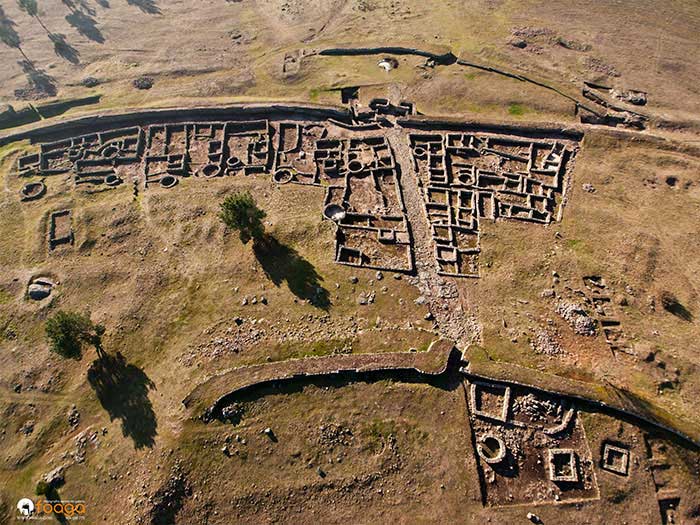
When Lansbrica was founded, all the surrounding hillforts collapsed. Each family received a similar amount of terrain to built their courtyard houses. Circular houses were kitchens or warehouses. Rectangular were workshops or bedrooms. #HillfortsWednesday 


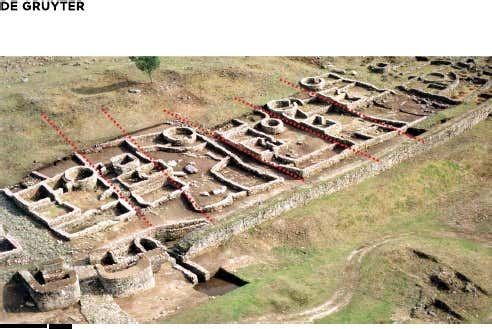

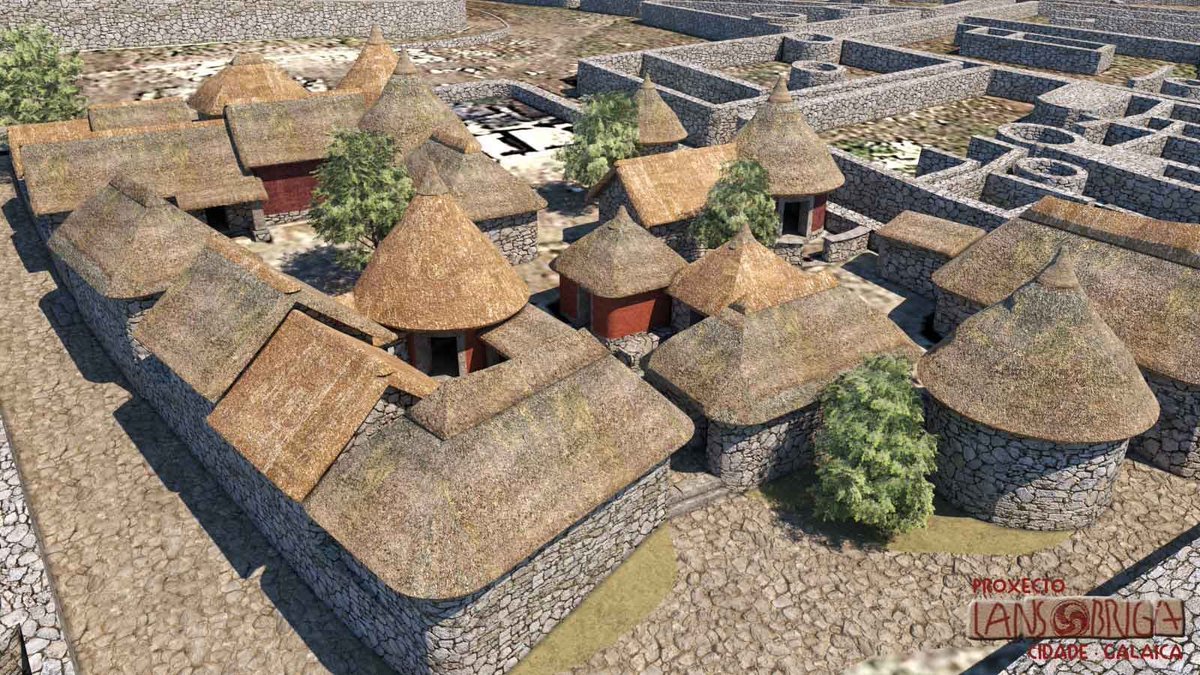
Latest theories suggest the Lansbrica people were Bracari coming from the southerns limits of Gallaecia, from where they moved maybe to run away from the growing Roman pressure. They crossed the legendary river Miño and set here, close to gold mines. #HillfortsWednesday 



Houses were decorated with beautiful triskelions, some carved, and others still preserve red paintings. In latests excavations a head of a sleeper or dead man appeared. #HillfortsWednesday 





To supply water to a 2500 inhabitants, fountains were used. They are still functional!
One was discovered on September 3, 1939. A boy ran to warn the archeologists of the beginning of IIWW. They were so astonished in the dig that they said: "Shut up, kid!". #HillfortsWednesday

One was discovered on September 3, 1939. A boy ran to warn the archeologists of the beginning of IIWW. They were so astonished in the dig that they said: "Shut up, kid!". #HillfortsWednesday


Gates and ramparts are so impressive in Lansbrica. A complex system of towers and barbicans, guards rooms and stairs to move quickly all around the walls. #HillfortsWednesday 







But what makes impressive Lansbrica is the urban planning: the scenic sense of the ramparts and the radial urbanism. Paved streets coming from gates to upper walled enclosure, the 'croa', which is intriguing and a very special place. #HillfortsWednesday 



The thresholds of the houses were beautifully decorated with carved or painted triskelions. In the latest excavation a sleeper or dead man head was founded. #HillfortsWednesday 



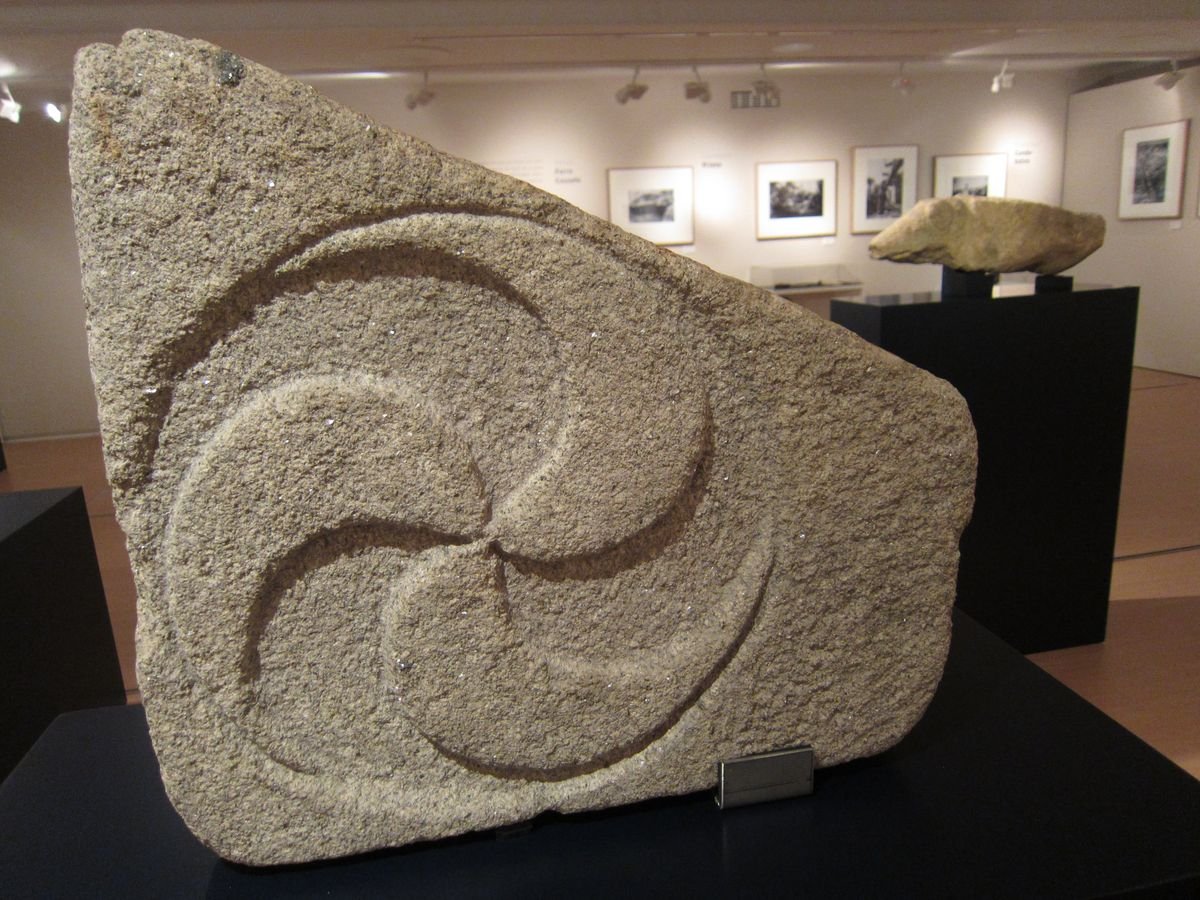

Two fountains supplied water to 2500 inhabitants. They are still in use!
One of them was discovered the September 3, 1939. A boy ran to warn the archaeologists of the beginning of IIWW. They were so amazed with the fountain that said: "Shut up, kid!". #HillfortsWednesday

One of them was discovered the September 3, 1939. A boy ran to warn the archaeologists of the beginning of IIWW. They were so amazed with the fountain that said: "Shut up, kid!". #HillfortsWednesday

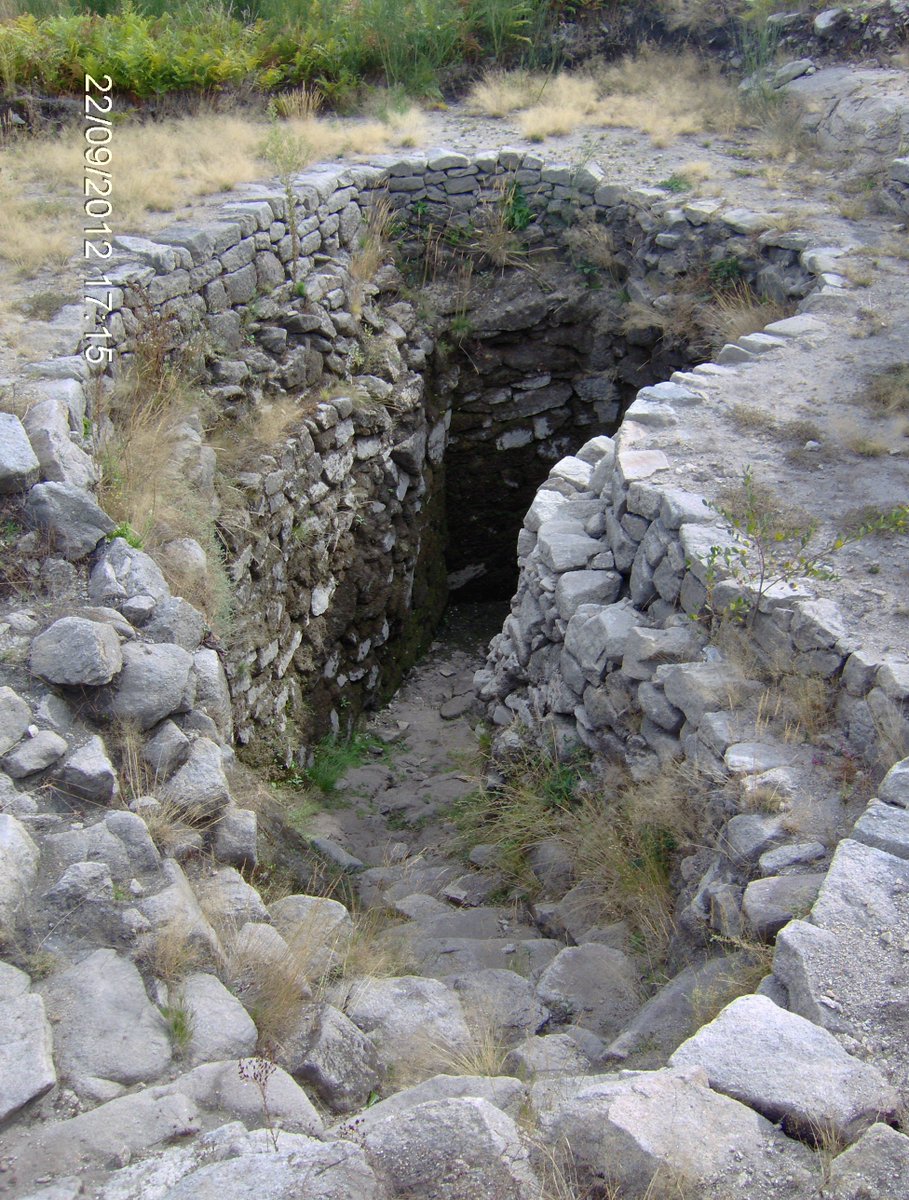
Gates and ramparts are so impressive in Lansbrica. A complex system of towers and barbicans, guards rooms and stairs to move quickly all around the walls. #HillfortsWednesday 







But what makes impressive Lansbrica is the urban planning: the scenic sense of the ramparts and the radial urbanism. Paved streets coming from gates to upper walled enclosure, the 'croa', which is intriguing and a very special place. #HillfortsWednesday 



As you can see, the upper gate (right) is abnormally oriented. Why? Here's the sunset in the summer solstice, falling just in the middle of the gate? Impressive, hu? #HillfortsWednesday 





The upper enclouse, the 'croa', was almost empty. But goddess names and images were found. The Gallaecians Nabia Abione, the Roman Iovi and an unknown Sadv Uladv. And maybe the protector of the town: Bandua Lansbricae. #HillfortsWednesday 



This sacred upper enclosures can be found in southern Gallaecia (Monte Mozinho and Santa Lucía) and we do not know much about them, but sacred sense seems clear. Closer parallels are Gaulish oppida like Titelberg #HillfortsWednesday 





Here you have nice stuff to get deeper in Lansbrica. Álvarez González et al on urbanization: researchgate.net/publication/32… and religion in Lansbrica: researchgate.net/publication/32…
Gourgeos 3D reconstructions of Lansbrica were made by Paco Boluda and Carlos Paz. They are still working, but...wow! #HillfortsWednesday 



And if you liked the thread, you can always visit other hillforts with me here:
twitter.com/i/events/12772…
twitter.com/i/events/12772…
• • •
Missing some Tweet in this thread? You can try to
force a refresh




